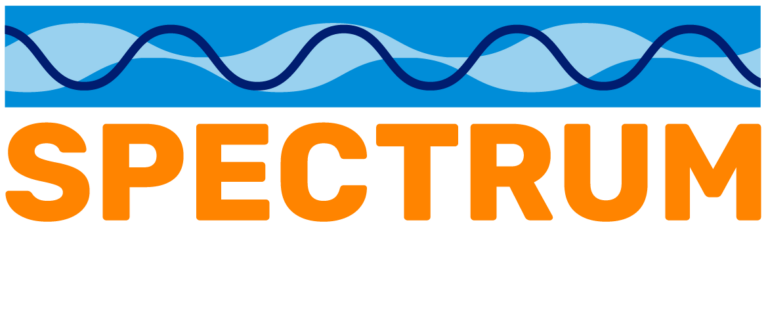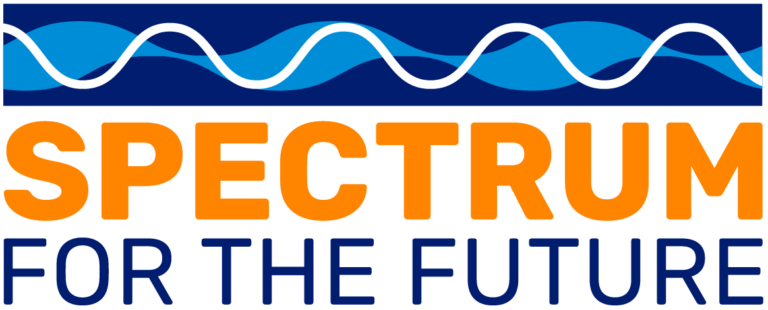New Study: Spectrum Sharing Key to Maximizing Value
A new economic study from the Brattle Group showcases the economic value of shared licensing and outlines a clear framework for comparing the costs and benefits of exclusive and shared licensing in mid-band spectrum. A shared model opens the door for greater competition and innovation among diverse users, including those in rural and remote areas not served by traditional carriers. According to the Brattle study, in the 3.1-3.45 GHz range, a shared approach can create almost $19 billion in net private value, while exclusive licensing would impose a net loss.
At a time when greater demand for wireless spectrum can no longer be met with unused bands, the new study provides a more robust framework for comparing the full array of licensing approaches now available. It comes at an important time as policymakers address the lapse in the Federal Communications Commission (FCC)’s spectrum auction authority and regulators chart a course for the future of the 3.1-3.45 GHz band.
Highlights
- Shared licensing will add economic value and revenue for the U.S. Treasury while also saving costs by not forcing national defense systems to vacate spectrum.
- When both costs and benefits are weighed, spectrum sharing is the option that generates greater return for the American people while allowing government users to maintain their important missions.
- Sharing encourages non-traditional operators, fostering novel uses, competition, and greater innovation.
- Sharing promotes 5G investment in purpose-built solutions for rural and remote areas that may not be served by traditional carriers.
- Shared spectrum in the CBRS band is already the preferred option for private wireless networks that are supercharging American manufacturing.
“[S]hared spectrum is an increasingly important tool for getting the most benefit from limited spectrum resources and maximizing both public and private returns.”
The Brattle Group, Principles of Spectrum Sharing: Understanding the Value of Shared Spectrum, September 2023
Shared Spectrum Means More Value in 3.1-3.45 GHz Band
- Vacating the mid-band for commercial 5G would cost the Department of Defense $120 billion, according to the Pentagon.
- When clearing costs are accounted for, an exclusive licensing regime in the in 3.1-3.45 band would generate a net loss in value and pose a risk to national security.
- Spectrum sharing, in contrast, can create almost $19 billion in net revenue for the Treasury with no clearing costs and no threat to national security.
“CBRS-style sharing in the 3.1 – 3.45 GHz band, with 350 megahertz of spectrum available for shared use, even with conservative estimates of clearing costs, maximizes the social net value of spectrum in the 3.1-3.45 GHz Band compared to an exclusive regime.”
The Brattle Group, Principles of Spectrum Sharing: Understanding the Value of Shared Spectrum, September 2023.

